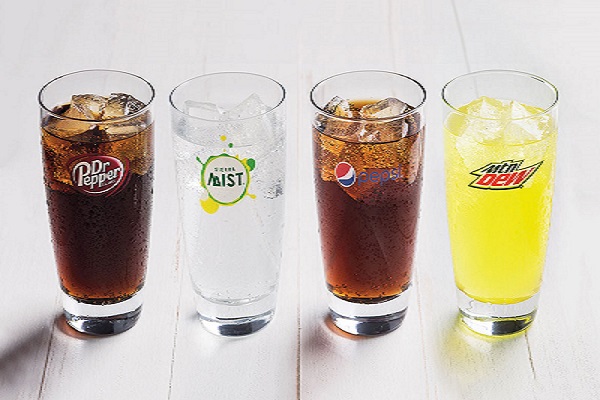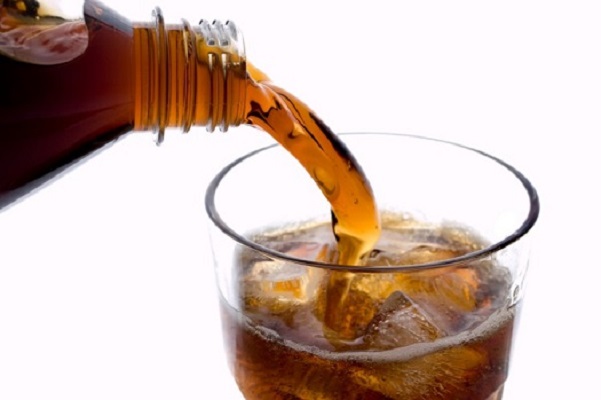As an importer of soft drink raw materials, one of the challenges you face is preventing contamination in the process and ultimately your product.
Unidentified microorganisms can not only destroy the taste of beverages, but also cause disease.
Non-alcoholic beverages include all beverages made from water or mineral water, sugar, essential oils and aromatic substances, and usually contain carbon dioxide.
Other beverage products, such as flavored water, sports drinks, and energy drinks, use a similar production process.
These types of drinks are very sensitive to yeast and mold production due to their pH level, high sugar level, low preservatives and production processes.
Microbial management is very important to prevent contamination. Chemistry Pioneers helps you meet your challenges, providing the tools, technologies, and expertise you need to make the process safer and more efficient at every step of the way.
While beverage production processes vary according to the type of product and its application, the main process is the same.

Beverage production stages
Transparency of sugar syrup
It is called a mixture of sugar, flavorings, essential oils and syrup. Syrup Transparency Preserves the particles and crystals of your syrup.
Microbial stabilization of water
Water is the most important part of your drink and should be safe. The pre-purification stage plays a key role in your process.
Protect the final filter, ensure long durability and proper economic efficiency in the filter and reduce the initial bioload. Final filtration kills microorganisms such as bacteria, mold, yeast and protozoa to achieve the required contaminant-free water quality.
Carbonation
Carbonation is the step of adding carbon dioxide to a beverage.
The CO2 you inject into your drink should be free of particles and microorganisms.
Non-carbonated beverages do not include the carbonation phase.

Bottle blower and bottle washer
The air used in the bottle blower to convert the precursors to the final PET bottle must be contaminated.
Its filtration ensures that a low bio-load bottle is produced. Bottle blowing can be done in any beverage process using PET bottles.
Just as the air used in the bottle blower must be unpolluted, so must the water used to rinse the bottle. Its filtration ensures good quality of the bottles before filling.
A safe and reliable container is essential to maintain the quality and durability of the drink.
Soft drink bottle filler
Gas filtration can also be used in the process of filling carbonated beverages.
To fill, the filling bowl must be pressurized and the gas used must be microbiologically stable.

Pingback: котел газовый